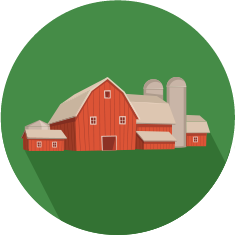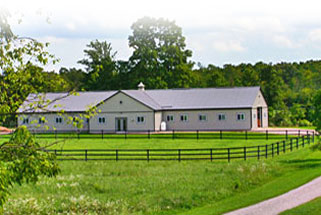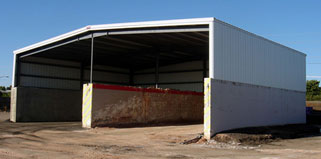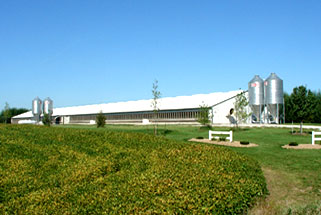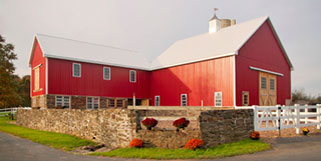The Douglas Agricultural Cost Guide has been widely adopted as a leading resource because it allows growers and ranchers to accurately estimate the Replacement Costs for silos and other agricultural structures.
The trustworthy Douglas Cost Guide also represents the gold standard in industries such as insurance, real estate, and construction, among others. Delivering an accurate estimate is crucial when a damaged silo needs to be replaced. If you suffered a loss and need to plan for a new silo, the Douglas Agricultural Cost Guide delivers.
Douglas System Simplifies Silo Replacement Costs
People in the agricultural sector have employed upright silos as a structure to store grain, fermented feed, and animal slurry since the late 19th Century. Designs have evolved since those early wooden vertical standalone structures were popularized. Today’s silos utilize the latest materials and advanced engineering.
When estimating silo replacement costs, growers and ranchers typically start with baseline elements such as height, diameter, and the foundation footprint. With those figures in hand, there are wide-reaching silo designs and materials to consider.
Circular Tower Silos
This iconic design helps evenly disburse the pressure of stored materials. Round or many-sided silos replaced early square structures that resulted in feed losses. Modern tower silos have transitioned away from wood to materials such as steel or concrete to reduce waste and cleanup costs.
Concrete Silos
Ranked among the most durable building materials, two common designs remain popular choices. Stave concrete silos use interlocking blocks with steel bands for support. Poured concrete silos usually involve walls that are six inches or thicker. The cost of these concrete designs can differ greatly.
Horizontal Silos
Large agricultural operations are using advanced technology to rekindle these early silo layouts. They utilize more ground-based square footage but may save time and money loading and unloading.
Replacing a silo invites growers and ranchers to rethink the previous design and materials. Some may transition to silage bunkers even though they can prove labour-intensive. Perhaps the most significant differences between old silos and contemporary designs involve materials and the added expense of advanced technology.
The Douglas Agricultural Cost Guide Delivers Accurate Silo Estimates
The Douglas Agricultural Cost Guide allows users to run the numbers on a variety of silo designs, materials, and mechanical systems. That flexibility, coupled with the fact the resource comes in a hard-copy version and an online tool, simplifies the complex cost estimation process. If you have suffered a loss and require a reliable estimate that insurance adjusters, builders, and other stakeholders can agree on, the Douglas Agricultural Cost Guide delivers the accuracy you need.


